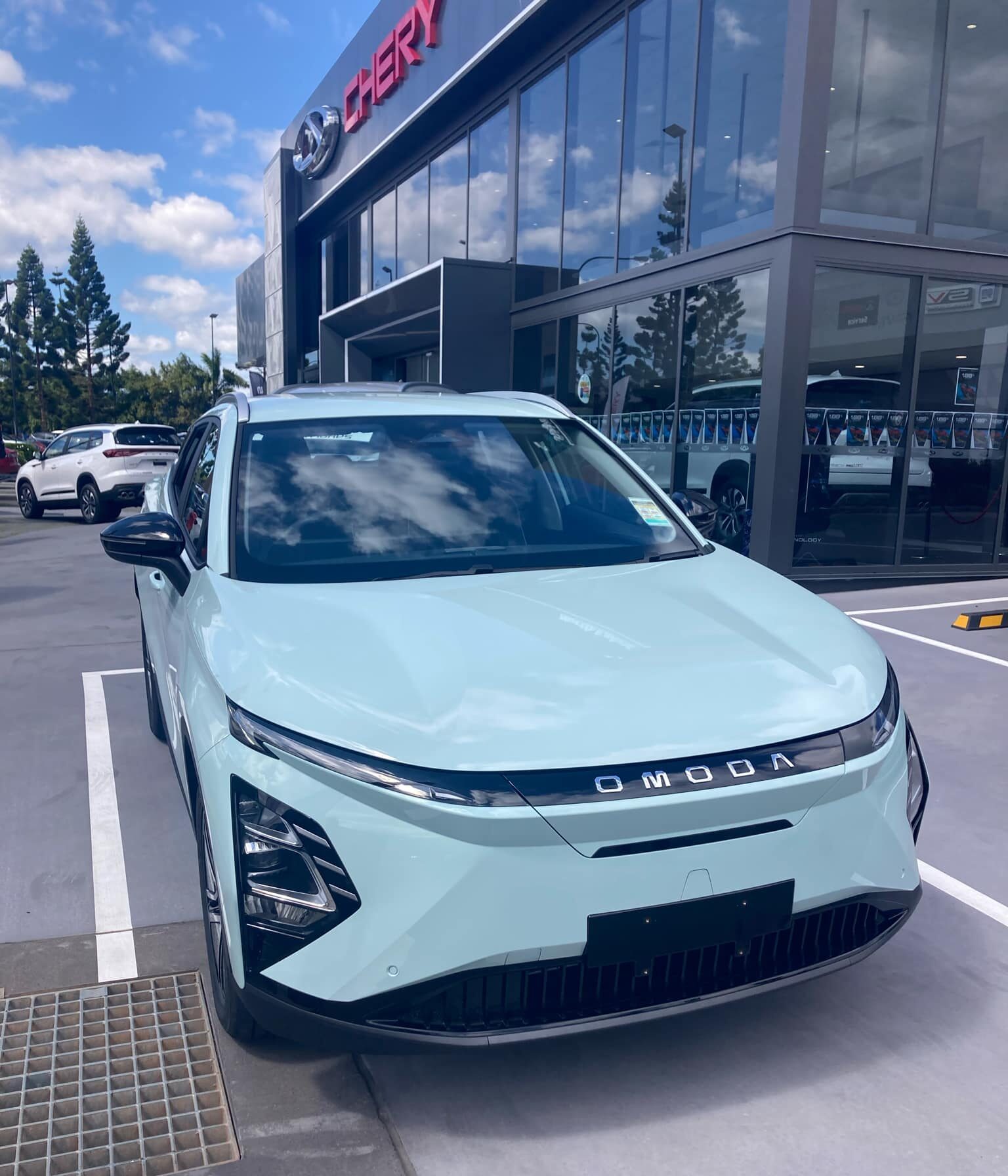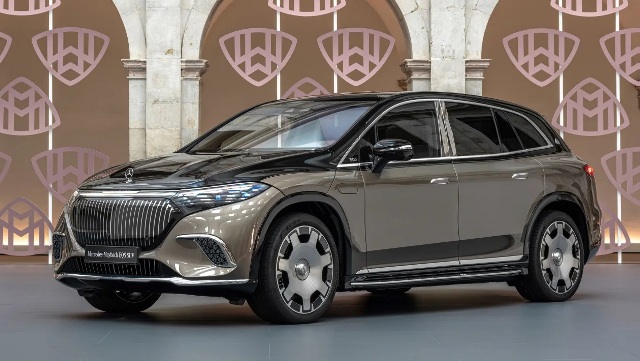Sign up for daily news updates from CleanTechnica on email. Or follow us on Google News!
When we look at the automotive market, it’s clear that every niche is served by at least one vehicle. We have motorcycles, small cars, big sedans, small crossovers, medium crossovers, large crossover, SUVs of all sizes, and trucks of all sizes. Why so many different vehicles? Because everyone wants to have the right tool for the job, even if their idea of the job they’re doing is a little off at times.
But needs change not only as we go through life, but even from day to day. For example, we start out young and single and might not even need a car, then have a family, and then the kids grow up. People change careers and sometimes pull a Brady Bunch and add several kids to their household all at the same time. A car that is suitable for the daily commute might totally suck on Saturday when it comes time to go get stuff from Home Depot for the yard or other home improvement project. Even in the course of one day, you might get an unexpected call to pick someone else’s kids up or do something you hadn’t planned on at all.
One thing that really got me to thinking about this recently was trying to see if there’s a good way to go nomadic. I might not be able to pull it off this year due to family composition and obligations, but I’d like to be able to hit the road and see lots of places while working remotely. Motorhomes are cool, but when you get where you’re going, they’re kind of big for exploring nearby. Some people tow a little car or truck behind, while other people use a pickup to pull at trailer, allowing them to unhook and rightsize their vehicle on the fly. Other people haul along e-bikes and scooters for that.
Some people even build custom homes that can serve as a “dock” for big RVs, utilizing the RV as part of the living space instead of letting the vehicle’s space go unused between vacations, so the modular idea can result in the marriage of construction and manufacturing!
Car companies have been experimenting with taking this idea of modularity and going more wild with it for a long time. I mean, who wouldn’t like to be able to drive an efficient car to work and then only add some parts to it only for those unusual days? It would be great to have more versatility without a second and third car payment, insurance premium, and maintenance costs, right?
One of the more notable examples of this idea was the Chrysler Voyager III concept from the 1990 Chicago Auto Show. The vehicle never made it to production, and even had what looks like a track in the floor to ensure everything lines up during demonstrations (something humans can struggle with), but the overall idea of using four cylinders for commuting and adding another 4 cylinders for hauling the family around on demand shows that this modular approach could work for rightsizing on the fly.
Other manufacturers experimented with body panels and modules that a driver could swap out in the garage. For example, a small car could serve as a convertible, sedan, hatchback, tiny pickup truck, or crossover SUV just by changing out some parts. At the extreme end of this would be “skateboard” vehicles where you can swap out the whole body for something else that better suits changing needs.
Few people would want to pay for all of the different modules up front, though. It could be possible to offer swapping as a service, rent out the less used modules at dealers, or even let people trade in their existing modules toward a different one for the service department to swap out if it’s something complex.
This idea hasn’t gone away. Just this year, Kia showed off some concept vehicles that had modular features like this:
While not shown until toward the end of the video, the PBV’s swappable module system shows how flexible EVs are able to be. Instead of having to “dock” or do something that’s basically a trailer, vehicles capable of pulling up to an automated station of some kind to get a different back could change their entire character in seconds. This is all enabled by the compact and flexible nature of EV drive systems, which can truly be contained in a skateboard and kept out of the way of modular flexibility.
Why This Idea Is Great
From an environmental perspective, modular vehicles and even modular home/vehicle setups are great because the amount of manufacturing needed to achieve the same goals is smaller. Energy is saved. Less things are mined. Cars stay useful for longer and could even be repaired more easily, leading to even less energy use and mining needed. Along with all of this flexibility to do more with less comes lower costs.
The other thing this would serve in human nature is our tendency to get attached to things. Even if you’re sick of something like a house or a vehicle or it no longer serves your needs well, it can still be a little sad to leave it behind. Modular approaches can turn that human trait into an advantage instead of a weakness. Some people might choose to keep one vehicle their whole life, swapping out parts and modules over time like the Ship of Theseus or the car in the Johnny Cash song One Piece at a Time.
Why It Hasn’t Taken Off
The thing that has kept companies from doing this is that a modular vehicle tends to be a jack of all trades. That’s a good thing until you consider the second half of that idiom: master of none. A vehicle platform that’s good for a pickup truck wouldn’t make a good sports car just because you swap the body out, for example.
Electric drive systems help with this somewhat, as everything from the motors to the software to the suspension can now adjust quite a bit to behave differently under different bodies. But, there are physical limits to that adaptability. Things like wheelbase length, overall battery capacity, and maximum suspension load limit swap-ability to vehicles already in the same class. In some ways, we already see this with things like cutaway vans and chassis cabs used in medium-duty trucks.
Coming up with ways around these limitations would sure unlock a lot of flexibility, cost savings, and environmental friendliness, though.
Featured image by Kia.
Have a tip for CleanTechnica? Want to advertise? Want to suggest a guest for our CleanTech Talk podcast? Contact us here.
Latest CleanTechnica.TV Videos
CleanTechnica uses affiliate links. See our policy here.
CleanTechnica’s Comment Policy





